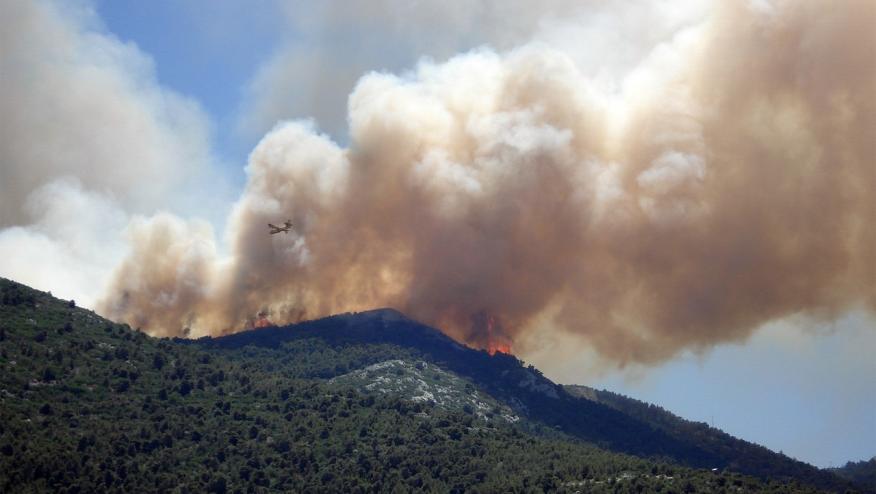Where there’s smoke, there’s flare: how pollution fuels RA Save

The World Health Organisation (WHO) has declared climate change to be the greatest threat to human health in the 21st century, likely to contribute to an additional 250,000 deaths annually between 2030 and 2050 (1, 2). Levels of particulate matter are rising globally, with long-term exposure to air pollution leading to 28,000-36,000 premature deaths annually in the UK alone (3). Worryingly, this effect is seen at very low levels; in fact, WHO advises that there is no safe level for particulate matter (4). Reductions in particulate matter in the USA over the last couple of decades have led to public health benefits, but levels remain high enough to continue to be associated with early mortality, especially in areas with lower income and higher rates of poverty (5).
Associations between air pollution and disease activity in rheumatoid arthritis (RA) have previously been demonstrated (6). Abstract 0978 sought to determine the association between fire smoke PM2.5 and other pollutant exposures with the risk of RA and RA-associated interstitial lung disease (RA-ILD). PM2.5, refers to particulate matter smaller than 2.5 microns.
This was a case-control study in the Veterans Affairs database. 9701 incident cases of RA were included, with 531 having RA-ILD, along with 68852 matched controls. Fire smoke PM2.5 was not associated with RA overall, but did associate in the 1-5 years before the diagnosis of RA. Fire smoke PM2.5 was associated with RA-ILD, as was increased levels of nitrogen oxides. When looking at seropositivity, ozone and PM10 were associated with seronegative but not seropositive RA.
This study highlights yet another detrimental impact of climate change on human health. Patients with RA are already at high risk of other comorbidities such as cardiovascular disease which are also known to have poorer outcomes in the presence of high levels of pollutant exposure. Improved methods and strategies of monitoring and managing pollution levels, and their harmful effects, are warranted in light of studies such as this.
1. Climate change: World Health Organisation; 2023 [updated 12/10/2023]. Available from: https://www.who.int/news-room/fact-sheets/detail/climate-change-and-health.
2. Fact sheet-Health. Intergovernmental Panel on Climate Change; 2023.
3. Associations of long-term average concentrations of nitrogen dioxide with mortality. The Committee on the Medical Effects of Air Pollutants; 2018.
4. WHO global air quality guidelines: particulate matter (PM2.5 and PM10), ozone, nitrogen dioxide, sulfur dioxide and carbon monoxide. World Health Organisation; 2021.
5. Bennett JE, Tamura-Wicks H, Parks RM, Burnett RT, Pope CA, Bechle MJ, et al. Particulate matter air pollution and national and county life expectancy loss in the USA: A spatiotemporal analysis. PLOS Medicine. 2019;16(7):e1002856.
6. Adami G, Viapiana O, Rossini M, Orsolini G, Bertoldo E, Giollo A, et al. Association between environmental air pollution and rheumatoid arthritis flares. Rheumatology. 2021;60(10):4591-7.










If you are a health practitioner, you may Login/Register to comment.
Due to the nature of these comment forums, only health practitioners are allowed to comment at this time.